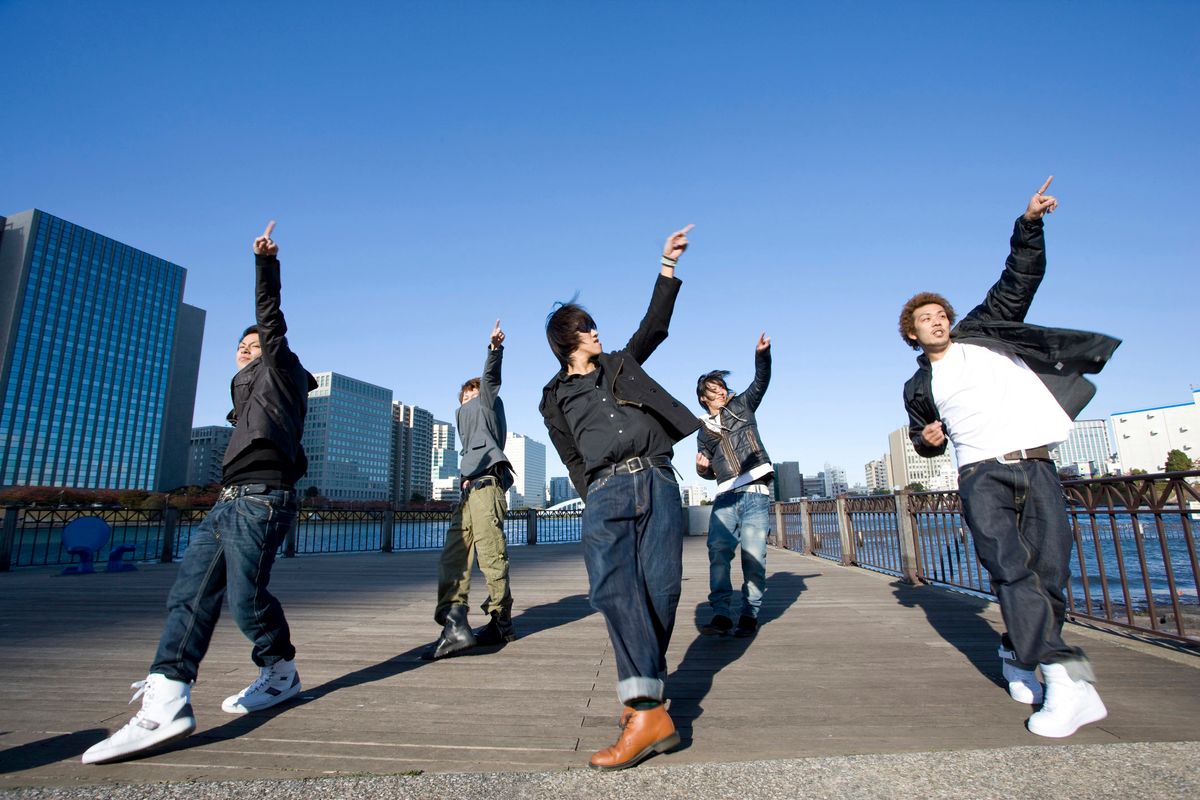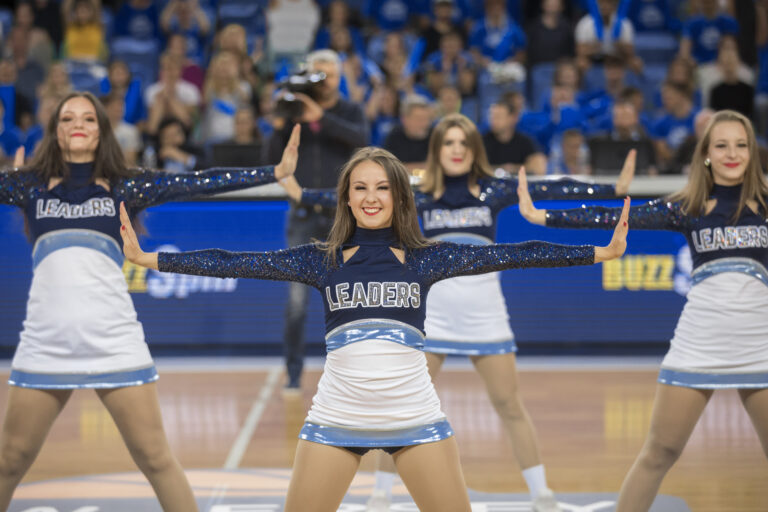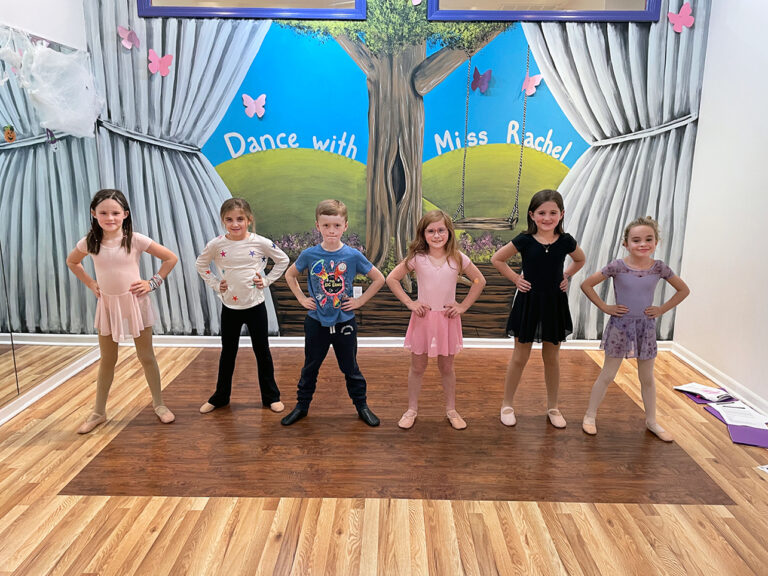
Just like foodies pursue their favorite taco trucks, dance lovers can track beloved choreographers and teachers through pop-up events advertised on social media.
“I’ve stopped thinking of myself as a starving artist,” says Natalia Roberts, a Brooklyn-based dancer who has almost 5,000 followers on Instagram. “I am my own business.”
Through Instagram posts, Roberts, who has a background in fitness and architecture, chooses off-beat locations to showcase site-specific choreography for events, like this gallery opening at Long Island City’s Cigar Factory. Her strong web presence operates as a 24-hour business card cultivating the element of surprise.
Pop-ups rely on the delight of being in the right place at the right time. Such flashes of intrigue have changed the way consumers engage with products and services, according to “How Pop-Ups Took Over America’s Restaurants.” Because dance itself is built on impermanence, many artists embrace fleeting moments to market themselves on the web.
Below are five suggestions to get you onboard the pop-up train.
Stand on the right platforms.
Snapchat is preferred by audiences younger than 24, according to Forbes. Millennials like Instagram. The platform works well as a branding tool if you have outstanding video and visual content, but there’s no good way to add multiple links, other than placing one in the bio section. For promoting events, don’t underestimate the power of Facebook, the world’s largest social network with more than 2 billion users. Three months ago, New York choreographers Christopher Noffke and Avital Asuleen teamed up to form Combustion Collective, a partnership focused on pop-up musical theater classes in hip locations like Arts on Site in the East Village. They combined their friend networks to build a pool of likely clients. Although Noffke and Asuleen advertised on Twitter and Instagram, their highest engagements came from Facebook, where events pages allowed students to RSVP.
You gotta have a gimmick.
Noffke and Asuleen decided their pop-up focus is for “musical dancers who want to stand out like Cassie” in A Chorus Line. “Our classes are for people who dream of being the star rather than cast in the ensemble,” Asuleen explains. Meanwhile, Mikey Cusumano, a former dancer with the American Ballet Theatre, conducts pop-up classes in character as Madame Olga, his Russian female alter-ego. Through Instagram, thousands of followers can learn about Olga’s up-to-the-minute teaching schedule, even when she is on the road.
Hash it out.
Hashtags are sorting devices that help strangers find you based on unique keywords. Use liberally on Instagram at the end of your text. The hashtag #popup is a strong general category that includes 2,152,928 posts ranging from burger sales to henna application. Meanwhile, the hashtag #popupdance is more specific, pulling up more than 300 images of choreography from across the globe. Pop-up dance posts include a tender duet performed on a Polish street with Patrycja Wiśniewska and Marc Brewer, who has performed on “America’s Got Talent.” Another by dancefestuk features women in unusual Victorian garb in an English shopping district during the holidays.
Make friends with videographers.
Natalia Roberts barters her services as a personal trainer with top-notch photographers, some of whom happen to be her fitness clients. Dancers are valuable to videographers who want to add action and excitement to their portfolios. Often, she collaborates with them to perform free fitness modeling and original choreography in exchange for promotional content. As a result, she has developed a cinematic eye and editing chops of her own. Her website stands out with its movie-like presentation of The Bridge, her upcoming show featuring 10 dancers. When one of these cast members mimics a scream, the camera zooms in on her mouth before cutting to a man lying on his back with his arms crossed.
Get legit.
If a student gets injured during your pop-up class, that pupil could sue, according to Merlyne Jean-Louis, a former dancer and principal attorney. “Because liability is a major issue for independent dance teachers [those who are not employed by a studio or dance company], these teachers should consider forming an entity,” Jean-Louis says. “If a dance teacher who owns an LLC is sued for dance-related activities, the other party would bring suit against the LLC and not the teacher individually. This is advantageous to the teacher, because the teacher’s personal assets, such as a car or home, would be shielded.” Other considerations pertain to copyright. Unless an agreement says otherwise, the copyright to a choreographic work created by a teacher and other dancers is jointly owned by all, she adds. For additional legal advice regarding pop-ups and online choreography, visit Volunteer Lawyers for the Arts.





